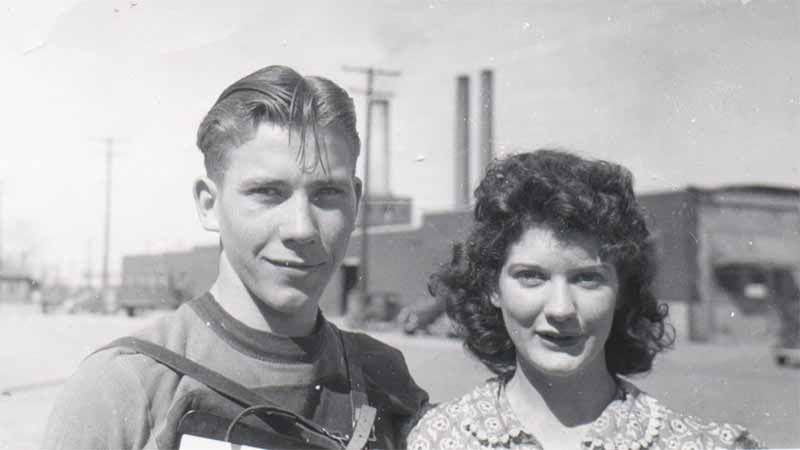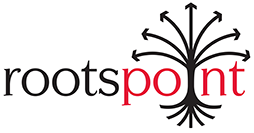1940 United States Federal Census – Free
Search the 1940 United States Federal Census

Census records provide us with a snapshot of life for everyone in the United States on enumeration day. One of the best sources for tracing family history, the latest United States Census available to us, the 1940 Census, had an official enumeration date of April 1, 1940. According to the National Archives and Records Administration, in 1940 there were 131,669,275 people living in the continental United States and 2,477,023 people living in territories Alaska, American Samoa, Guam, Hawaii, the Panama Canal Zone and the American Virgin Islands.
Questions asked
The 1940 Census was different than previous censuses. The additional questions asked of households is a goldmine for those looking to find their families. One of the most important additions is the mark designating a person as the household informant. Marked with an “x” in a circle, this is the first time that researchers learn who provided the information for the household, thus giving an idea of how accurate that information may be. In cases where the informant did not live in the household, their names were to be written in the left hand margin, next to the family.
It can be difficult to piece together a timeline for a family when the census only gives you a snapshot every ten years. But in the 1940 census, one of the questions asked was where the person lived in 1935. This can be extremely helpful for those that seem to “disappear” prior to 1940.
Supplemental questions were asked for about 5% of the population. You will find these questions and answers at the bottom of each census sheet. Looking at the census sheet you will notice that two people were chosen to answer additional questions. They were asked about their parent’s birthplaces, language spoken in childhood home, and questions have to do with veteran status and social security. Women were asked questions about number of marriages, age at first marriage and number of children.
Questions asked in the 1940 census include:
Location
1. Street, Avenue, Road, etc
2. House Number
Household Data
3. Number of household in order of visitation
4. Home owned (O) or rented (R)
5. Value of home or monthly rental if rented
6. Farm? (Yes or No)
Name
7. Name of each person whose usual place of residence on April 1, 1940, was in this household.
Relation
8. Relationship of this person to the head of the household
Personal Description
9. Sex
10. Color or Race
11. Age at Last Birthday
12. Marital Status
13. Attended school or college at any time since March 1, 1940?
14. Highest grade of school completed
Place of Birth
15. Place of Birth [Note: supposed to list the state or foreign country]
Citizenship
16. Citizenship of the foreign born
Residence, April 1, 1935
17. City, town or village having 2,600 or more inhabitants. If less, enter “R”
18. County
19. State (or Territory or foreign country)
20. On a farm? (Y or N)
For Persons 14 Years Old and Over ÔÇô Employment Status:
21. Was this person at work for pay or profit in private or nonemergency Govt. work during the week of March 24-30? (Y or N)
22. If not, was he at work on, or assigned to, public Emergency Work (WPA, NYA, CCC, etc.) during the week of March 24-30? (Y or N)
If neither:
23. Was this person seeking work? (Y or N)
24. If not seeking work, did he have a job, business, etc.? (Y or N)
For Persons Answering “No” to questions 21-24:
25. Indicate whether engaged in home housework (H), unable to work (U), or other (O).
If “Yes” in Column 21:
26. Number of hours worked during week of March 24-30, 1940
If “Yes” in Column 22 or 23:
27. Duration of unemployment up to March 30, 1940 ÔÇô in weeks
Occupation, Industry, and Class of Worker:
28. Occupation
29. Industry
30. Class of worker
31. Number of weeks worked in 1939 (equivalent full-time weeks)
Income in 1939 (12 months ending Dec. 31, 1939):
32. Amount of money, wages, or salary received
33. Did this person receive income of $50 or more from sources other than money wages or salary (Y or N)
34. Number of Farm Schedule
Supplemental Questions (asked of 5% of the population):
35. Name
36. Birthplace of father
37. Birthplace of mother
38. Language spoken in home in earliest childhood
Veteran Status:
39. Is this person a veteran of the United States military forces; or the wife, widow, or under 18-year-old child of a veteran?
40. If child, is veteran father dead? (Y or N)
41. War or military service
For persons 14 years old and over:
Social Security:
42. Does this person have a Federal Society Security Number? (Yes or No)
43. Were deductions for Federal Old-Age Insurance or Railroad Retirement made from this person’s wages or salary in 1939? (Yes or No)
44. If so, were deductions made from all, › or more, part but less than 1/2, of wages or salary?
Usual Occupation:
45. Usual occupation
46. Usual industry
47. Usual Class of worker
For All women who are or have been married:
48. Has this woman been married more than once? (Yes or No)
49. Age at first marriage
Number of children ever born (Do not include stillbirths)
Tips for Searching the Census
- Your ancestor’s name may not appear as you think it should. Use variations of their name including their initials as well as “creative spellings” for their surname.
- If you are having problems finding your ancestor, search with only their name and not a date or place.
Next Steps (what do I do now?)
- Once you have found your ancestor in the census, use our search engine for Google Books and look for books:
- About the history of the place your ancestor lived in
- Type in the place name and the words “city directory” to find directories that might list them
- Search on the family surname or the individual’s name to find mentions in genealogy books, histories, and journals.
- Don’t forget to use our Share on Facebook or Share on Twitter buttons to help share your find with family and ask questions.
Search the 1940 United States Federal Census

